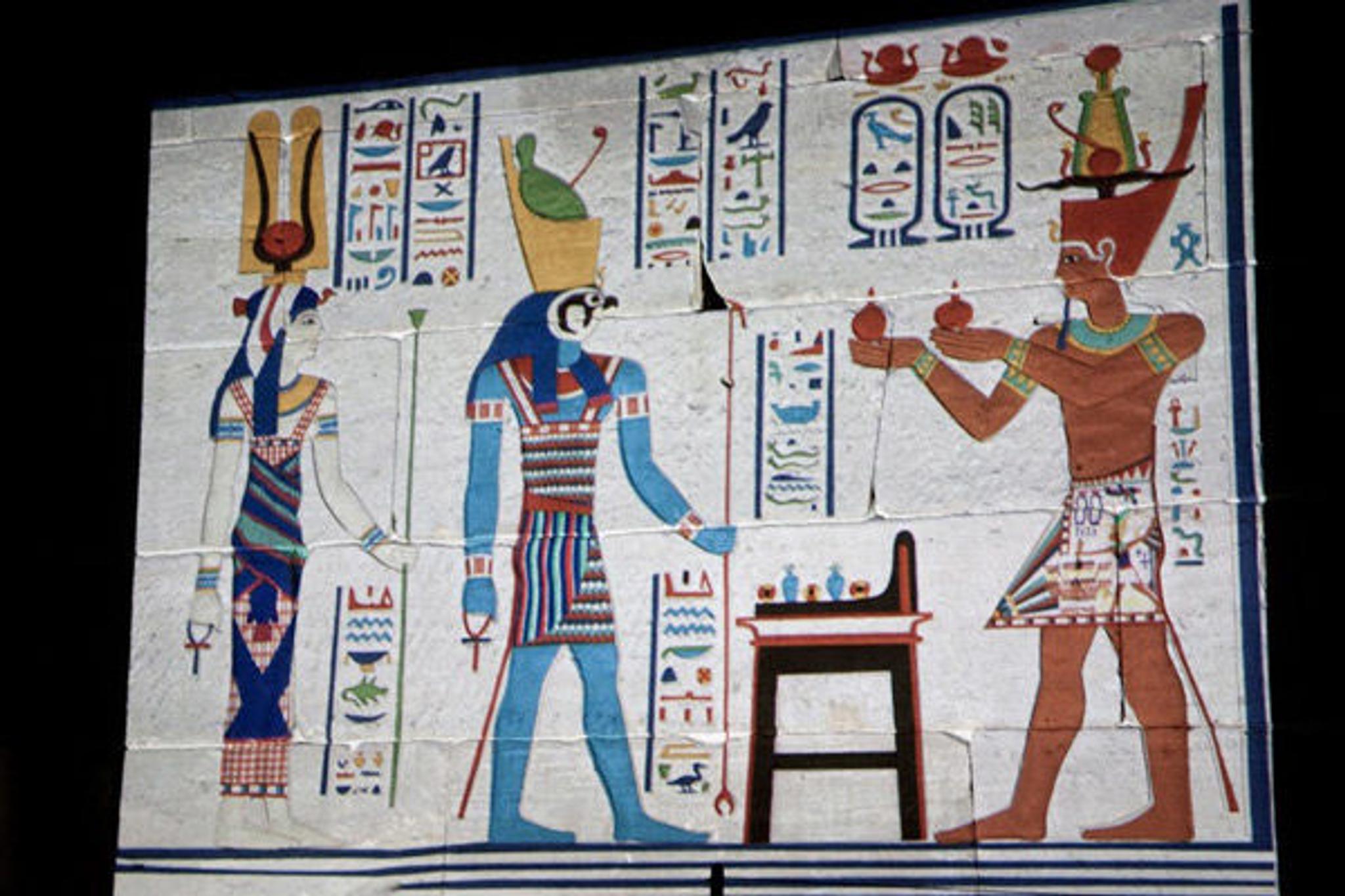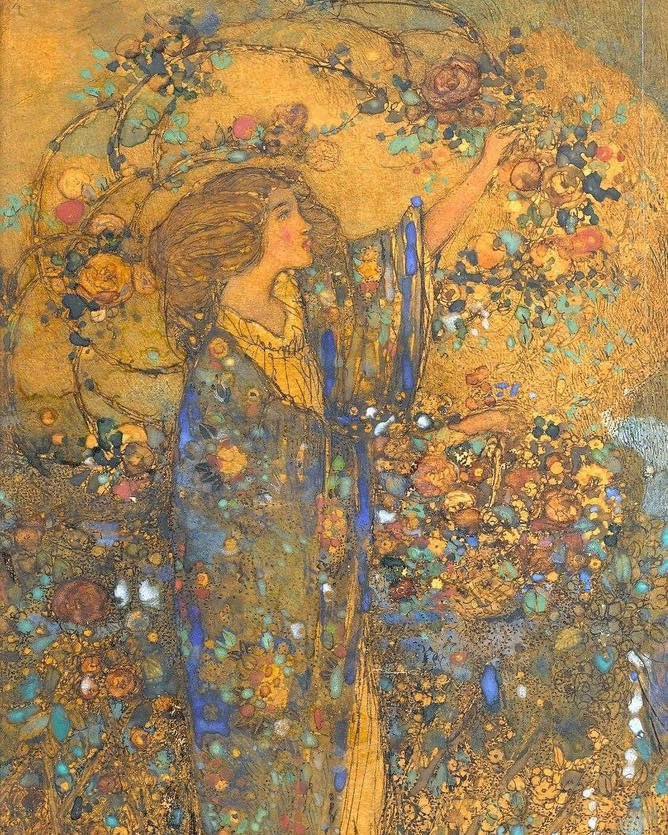November Vibes
Sun in Gate 43 | Breakthrough
11.11.24
Base Patterns Unfold

Discovered in 1781, Uranus is a very unusual planet that sits on its side. It rotates around the axis, making it look like a ball rolling in a circle around the sun.
- 7th planet from the Sun
- Rings + 28 moons
- The magnetosphere is highly asymmetric with many charged particles which may be the cause of it’s dark ring system that only reflects 2% of light.

Read more
Bat is a cow goddess who eventually became Hathor. She was depicted as a human face with cow ears and horns or as a woman. Evidence of worship exists from the earliest records of the religious practices in ancient Egypt.
The epithet, Bat, may be linked to the word ba with the feminine suffix ‘t’. A person’s ba roughly equates to one’s personality or emanation and often is translated as ‘soul’.
Fun Fact: My son named a bat at the church across the street ‘Dingbat’ tonight as I finished this – my mind loved it. Ironically, they are typically unseen characters of a typeface lol!

Read more
‘House of Horus’ ‘My House is the Sky’
Hathor was a solar deity, a feminine counterpart to sun gods such as Horus and Ra, and was a member of the divine entourage that accompanied Ra as he sailed through the sky in his barque.
Horus and the sun god Ra, both of whom were connected with kingship, and thus she was the symbolic mother of their earthly representatives, the pharaohs.
She was one of several goddesses who acted as the Eye of Ra, Ra’s feminine counterpart, and in this form, she had a vengeful aspect that protected him from his enemies.
Her beneficent side represented music, dance, joy, love, sexuality, and maternal care, and she acted as the consort of several male deities and the mother of their sons.
These two aspects of the goddess exemplified the Egyptian conception of femininity. Hathor crossed boundaries between worlds, helping deceased souls in the transition to the afterlife.

Read more
In a myth about the end of Ra’s rule on the earth, Ra sends the goddess Hathor, in the form of Sekhmet, to destroy mortals who conspired against him. In the myth, Sekhmet’s bloodlust was not quenched at the end of battle, and this led to her going on a bloody rampage that laid Egypt to waste and almost destroyed all of humanity.
To stop her, Ra and the other gods devised a plan. They poured out a lake of beer dyed with red ochre or so that it resembled blood. Mistaking the beer for blood, Sekhmet drank it all and became so drunk that she gave up on the slaughter and returned peacefully to Ra. The same myth was also described in the prognosis texts of the Calendar of Lucky and Unlucky Days of Papyrus Cairo 86637.
In other versions of this story, Sekhmet grew angered at the deception and left Egypt, diminishing the power of the sun. This threatened the power and security of the world—thus, she was persuaded by the god Thoth to return and restore the sun to its full glory.

Read more
Historian Susan Wise Bauer suggests that the word “sphinx” was instead a Greek corruption of the Egyptian name “shesepankh”, which meant “living image”, and referred rather to the statue of the sphinx, which was carved out of “living rock” (rock that was a contiguous part of the stony body of the Earth, shaped, but not cut away from its original source), than to the beast itself.
The Sphinx of Giza is the oldest known monumental sculpture in Egypt and one of the most recognizable statues in the world. The archaeological evidence suggests that it was created by ancient Egyptians of the Old Kingdom during the reign of Khafre (c. 2558–2532 BC).
Some time around the First Intermediate Period, the Giza Necropolis was abandoned, and drifting sand eventually buried the Sphinx up to its shoulders.
Thutmose IV “Thoth is born” completed a restoration of the Sphinx in 1401 BC, he placed a carved stone tablet, now known as the Dream Stele, between the two paws of the Sphinx.
In 1887, the first modern archaeological dig, supervised by the Italian Giovanni Battista Caviglia, uncovered the Sphinx’s chest completely, recovering the stele.

Sun in Gate 1 | The Creative
11.06.24

Flourishing relationships are created, not found




Selma Christmas
Operation Santa Mail

11.05.24
POST | Numbers By Shey – Numerology ’11/5/24 | Because of the effort, perseverance, resilience, and sheer strength of character it’s taken to navigate this difficult year, you have upped your game in many respects. You know and understand yourself better, you’ve gained confidence, set boundaries, and learned to master your own energy without intruding on others’. This is not speculation or negotiable. It’s the truth. No one has escaped the fire of karma this year and no one will come out of it untempered or unaffected. You may still be smoldering, but you’ve burned off some of the heavy weight of Old Earth. Today is about the responsibility of that freedom. Your Right Action is to walk in your power, own the consequences, and live in integrity with yourself. This must be your path into 2025 when we will all be held accountable for our choices.’
Are you enjoying Mars in 56?

QUOTE | The Line Companion | 56.5 | Ra Uru Hu
“Everything about these gates of primary communication is not to forget that that is what they are. They are not gates of action. They are only gates of communication. What happens so often to people who have a gift to stimulate is that they think that this gift automatically means the ability to turn it into action. That is not true. The gift of being able to stimulate, to tell stories and the value of the 56 is about sharing what it is to be human with others. Our whole mental process is so that we can come to grips with what it is to be a human being and live in this world. It is not about dictating what we do. Every time I do somebody’s reading, I am always telling people the same thing. The mind can’t tell you what to do. It does not matter whether it is defined or undefined, connected to the throat or not. It does not make any damn difference. It is not going to be able to tell you what to do and it is never going to work for you. The mind does not do that. That is not its job. Its job is not to tell us what to do but to examine the nature of our doing, to look at our process.”
Sun in Gate 44 | Coming to Meet
I See… Base Patterns











Makemake








